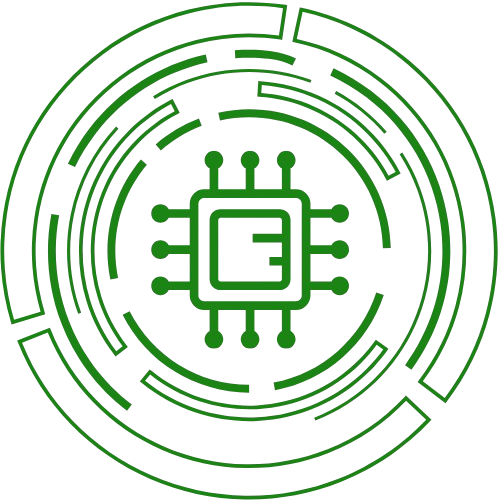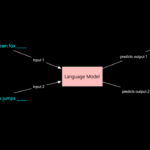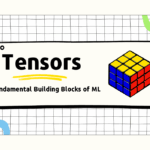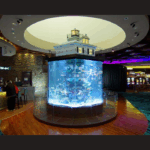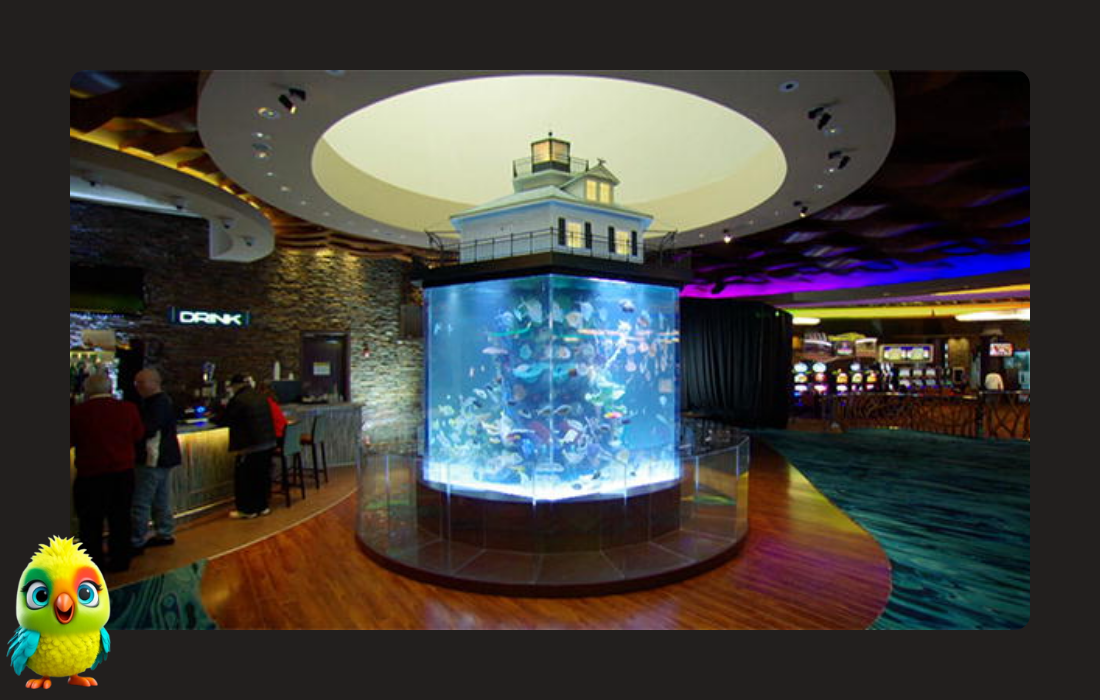In 2017, cybercriminals pulled off one of the most unusual heists in history-they hacked a Las Vegas casino through its internet-connected fish tank.
While the casino had invested in top-tier security for its vaults and payment systems, they overlooked a critical vulnerability: a smart aquarium in the lobby.
How the Hack Happened
-
The Weak Link – The fish tank had IoT sensors to monitor temperature and feeding schedules. These were connected to the casino’s internal network.
-
The Breach – Hackers exploited weak default passwords on the aquarium’s smart controller.
-
The Attack – Once inside, they moved laterally, accessing sensitive databases containing high-roller profiles, financial records, and $10 million in digital chips.
-
The Discovery – The breach was only detected when IT noticed unusual 3 AM data transfers coming from… the fish tank.
Read: 15 Best Neural Network Courses (Bestseller & Free) – 2025 Edition
Why This Matters for Businesses Today
This incident wasn’t just about a fish tank—it exposed a major flaw in IoT security:
-
Any connected device can be a backdoor (smart thermostats, cameras, even coffee makers).
-
Default passwords are a hacker’s best friend (always change them!).
-
Network segmentation is critical (IoT devices should never share networks with sensitive data).
Read: Kevin Mitnick The Hacker Who Fooled the FBI-and What Modern Tech Teaches
How to Protect Your Business
✅ Isolate IoT devices on a separate network.
✅ Change default credentials immediately.
✅ Monitor for unusual activity (especially late-night data transfers).
✅ Keep firmware updated—many breaches happen due to unpatched vulnerabilities.
Read: Transformer was first introduced in the seminal paper “Attention is All You Need”
Final Thought
If a $200 fish tank can bring down a casino’s security, what could a hacker do with your smart office devices?
